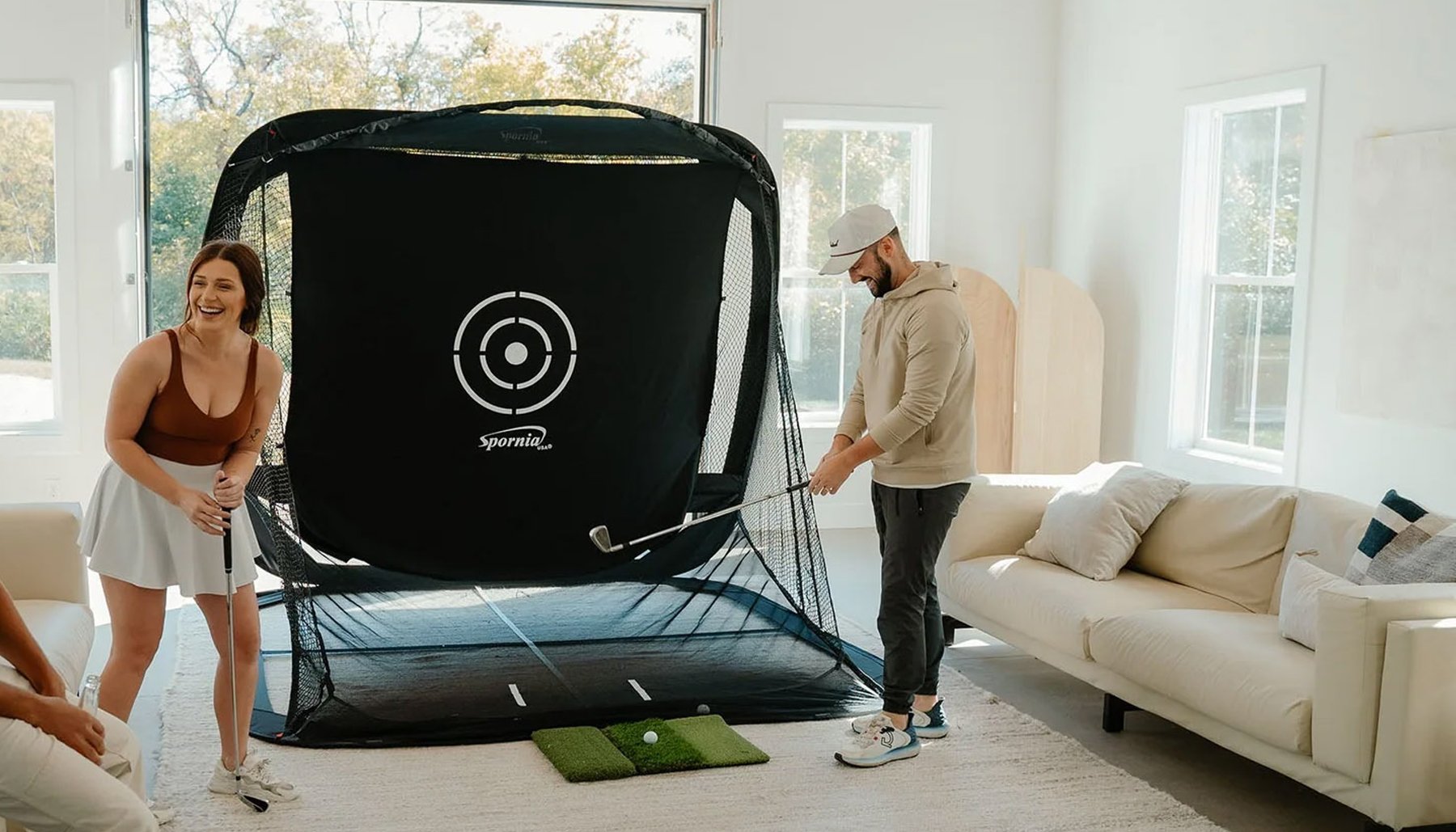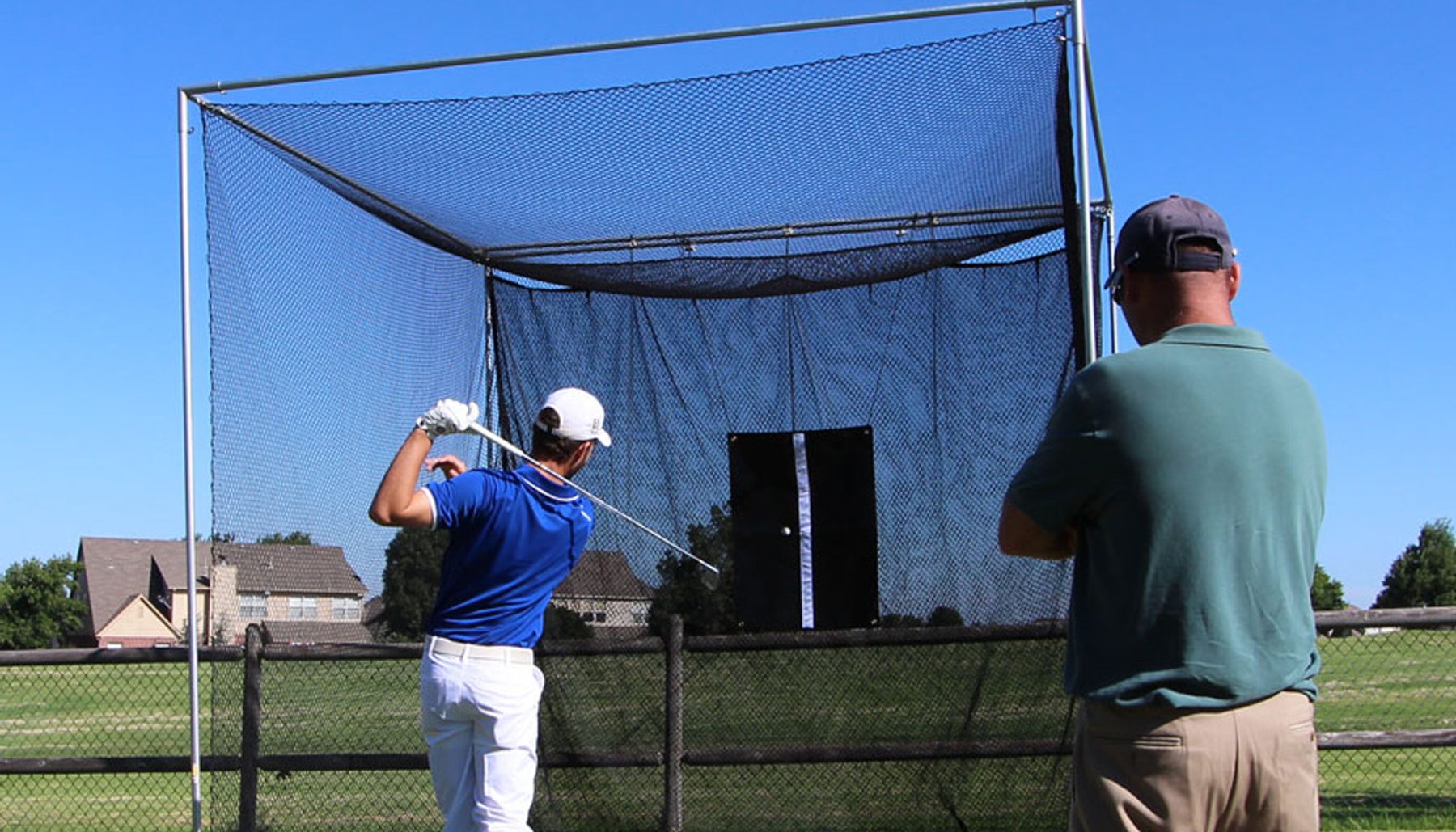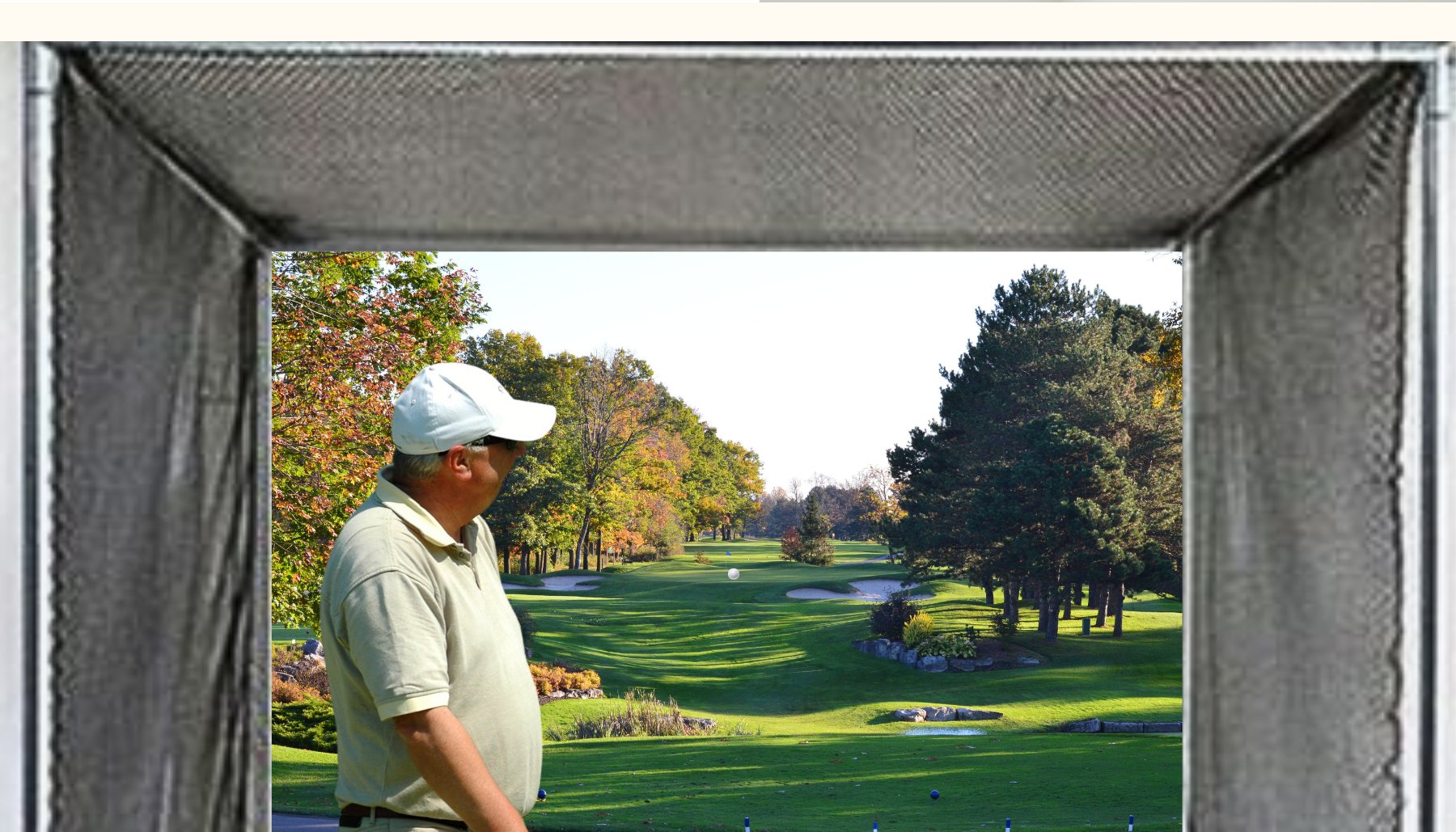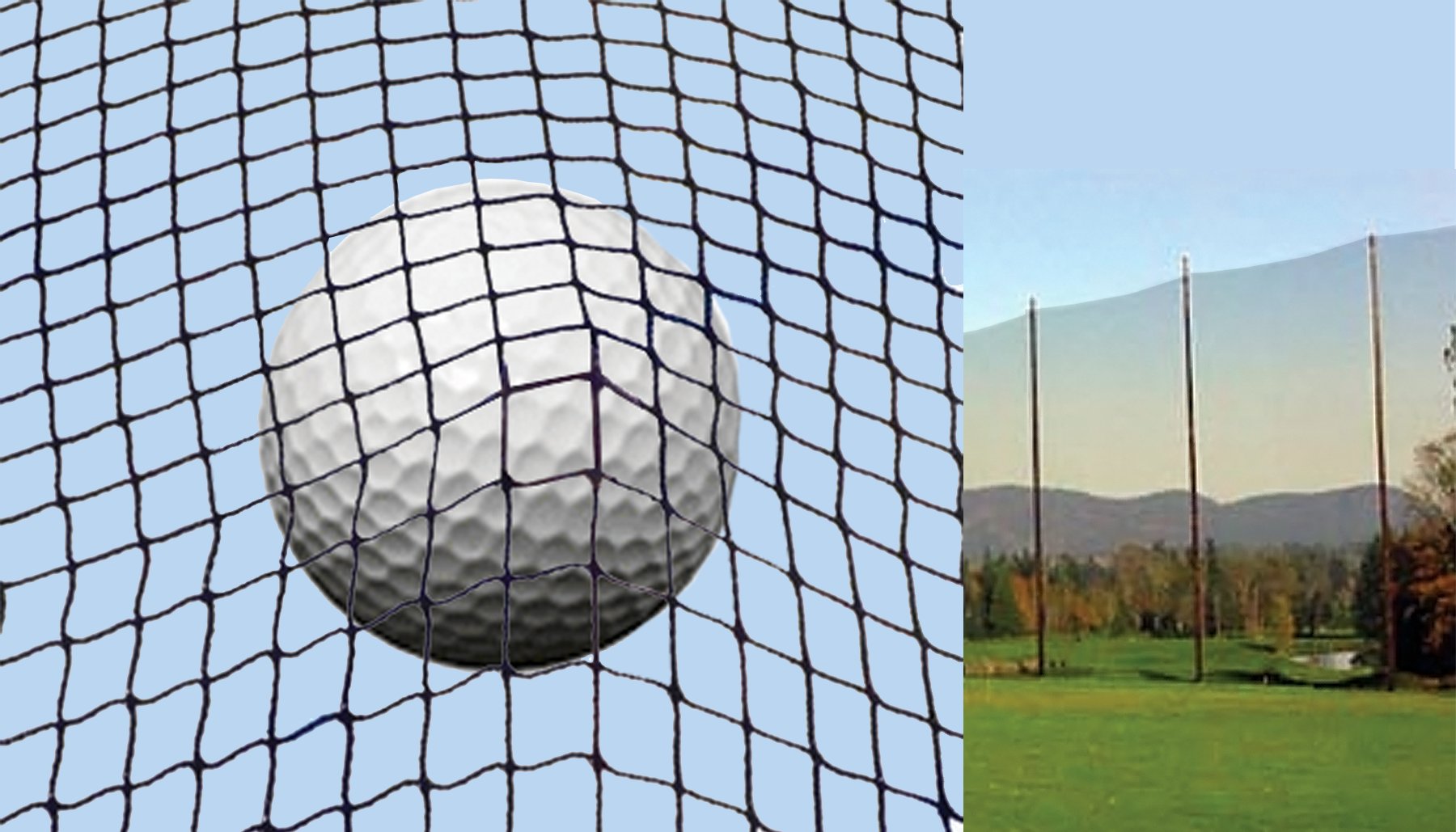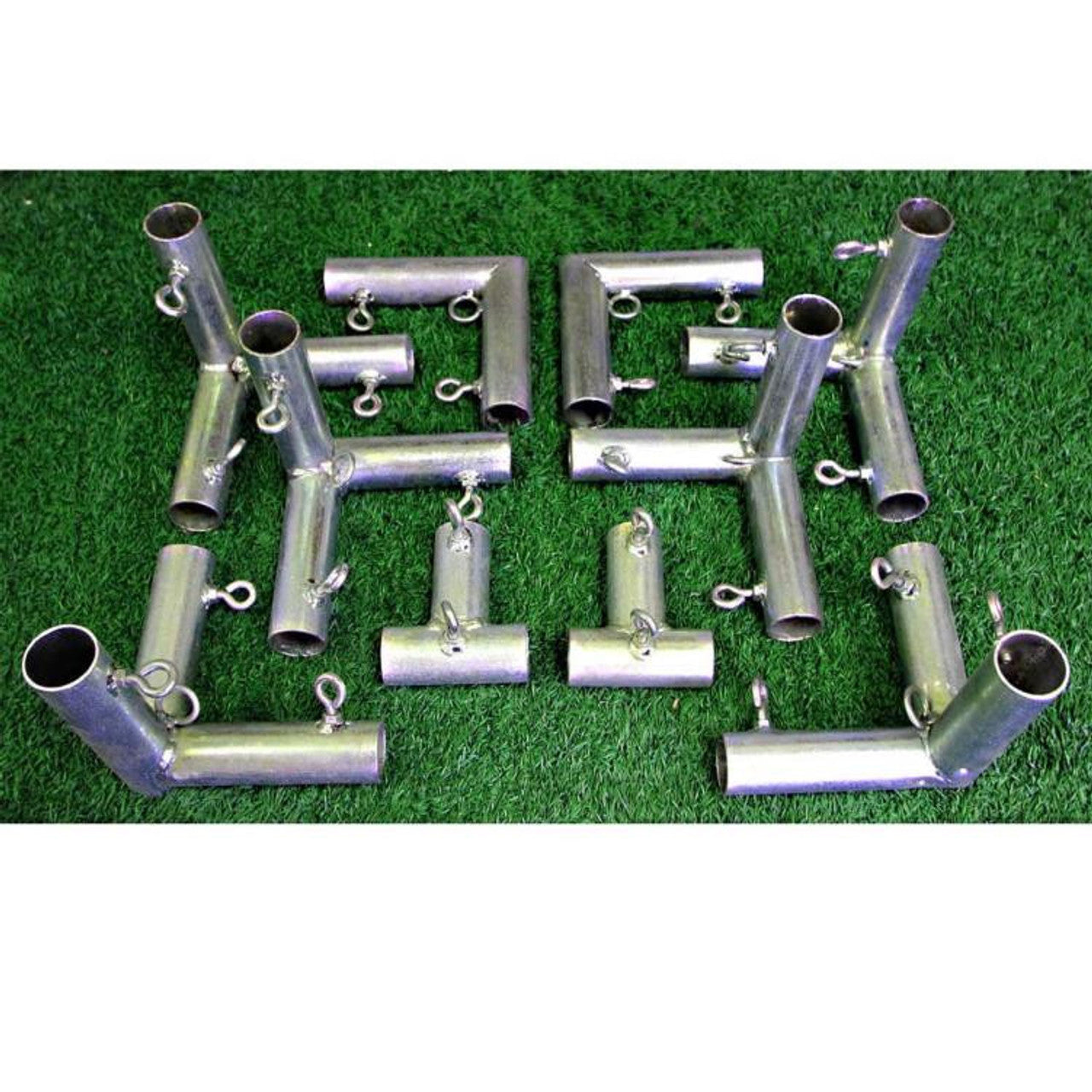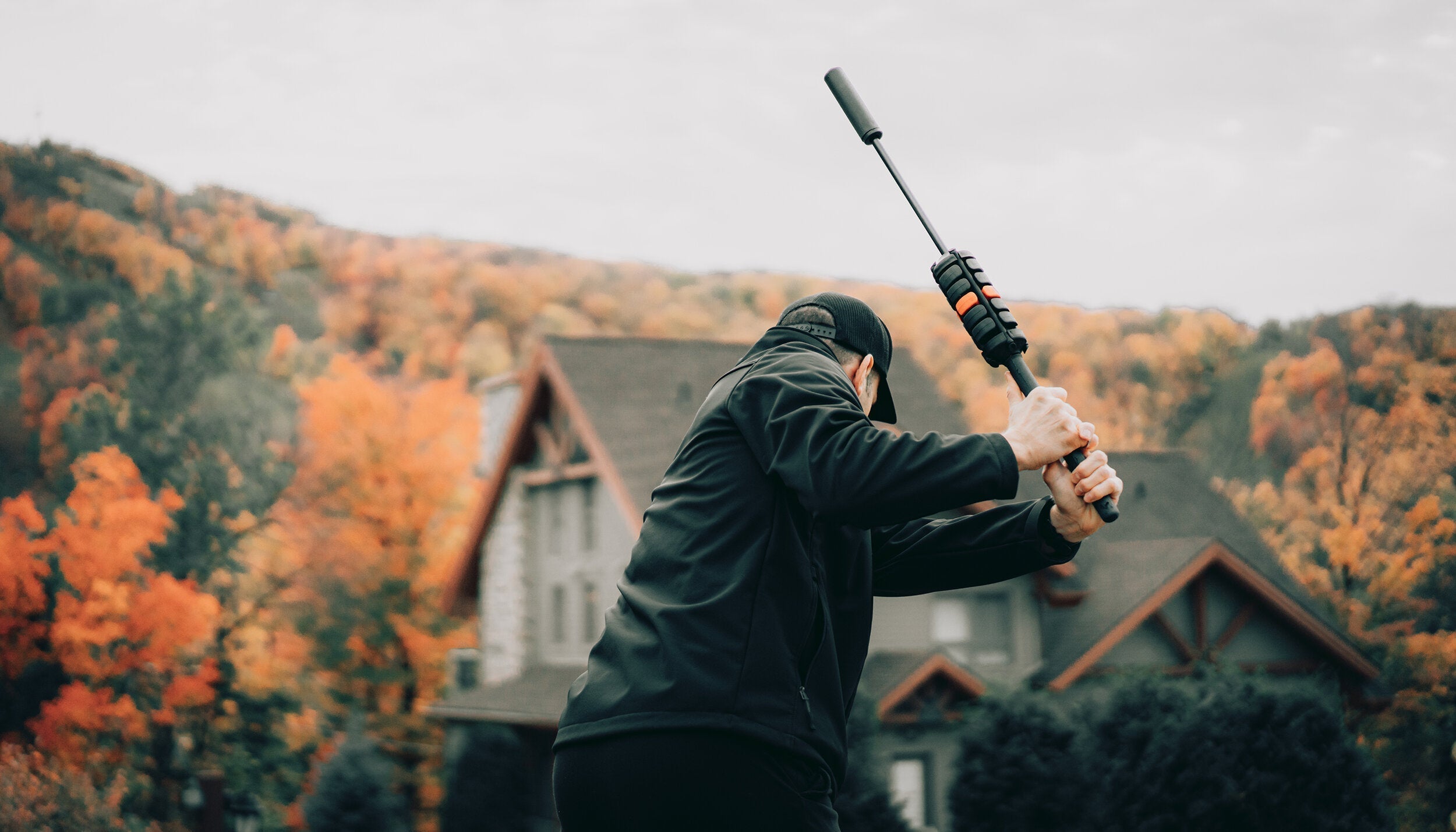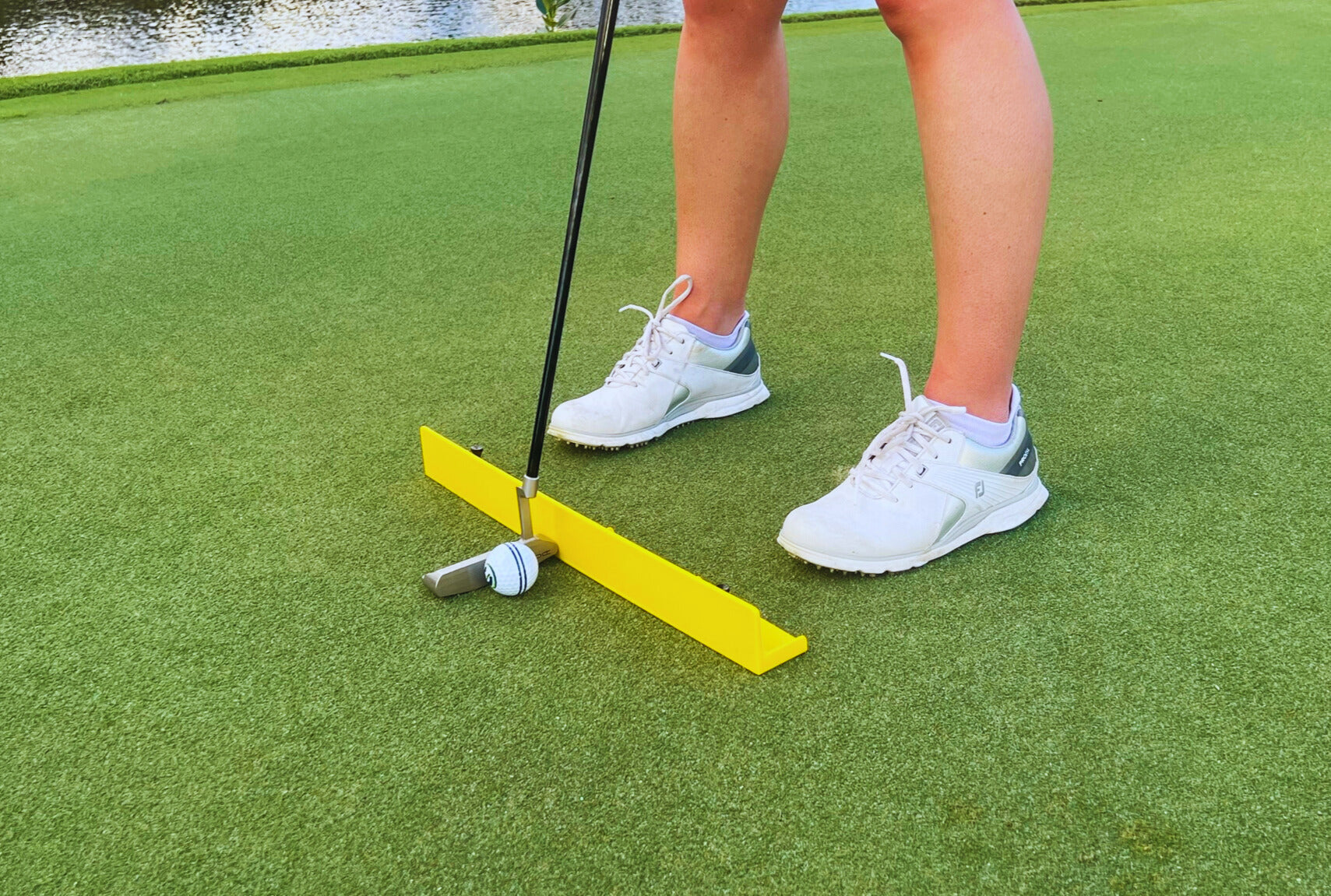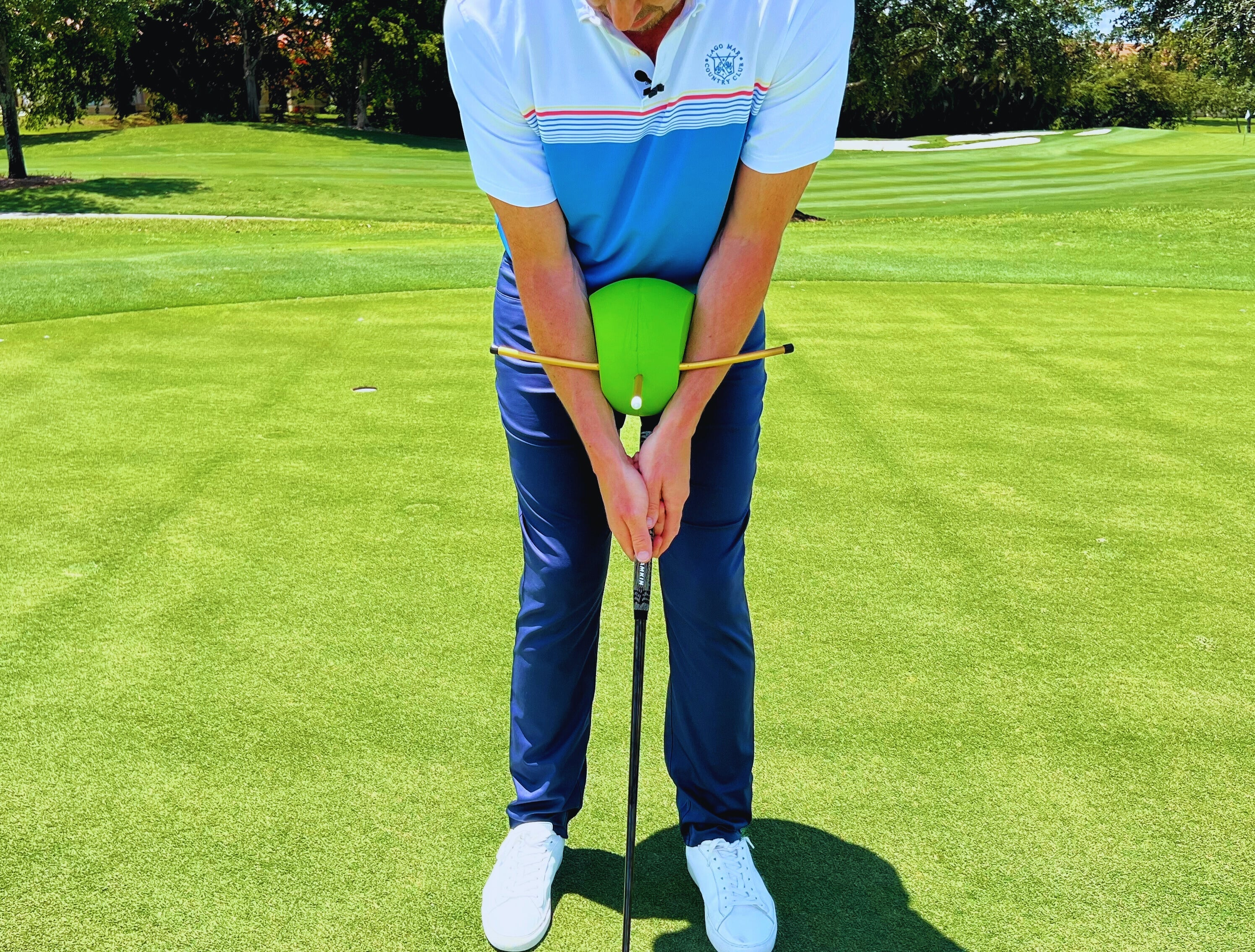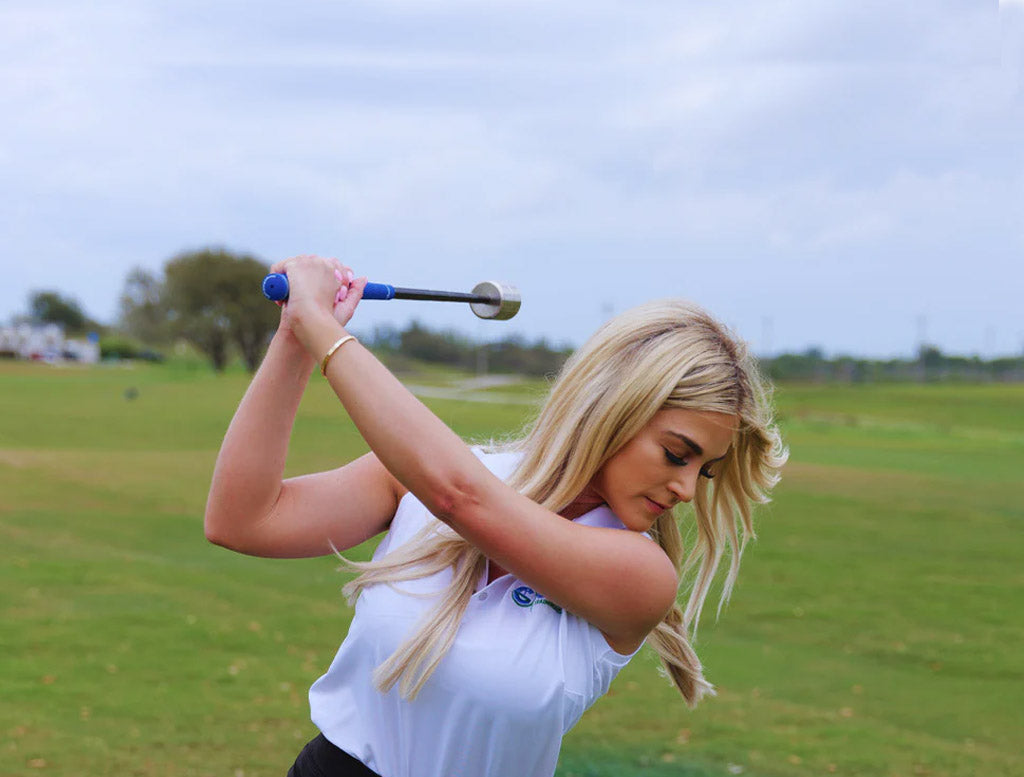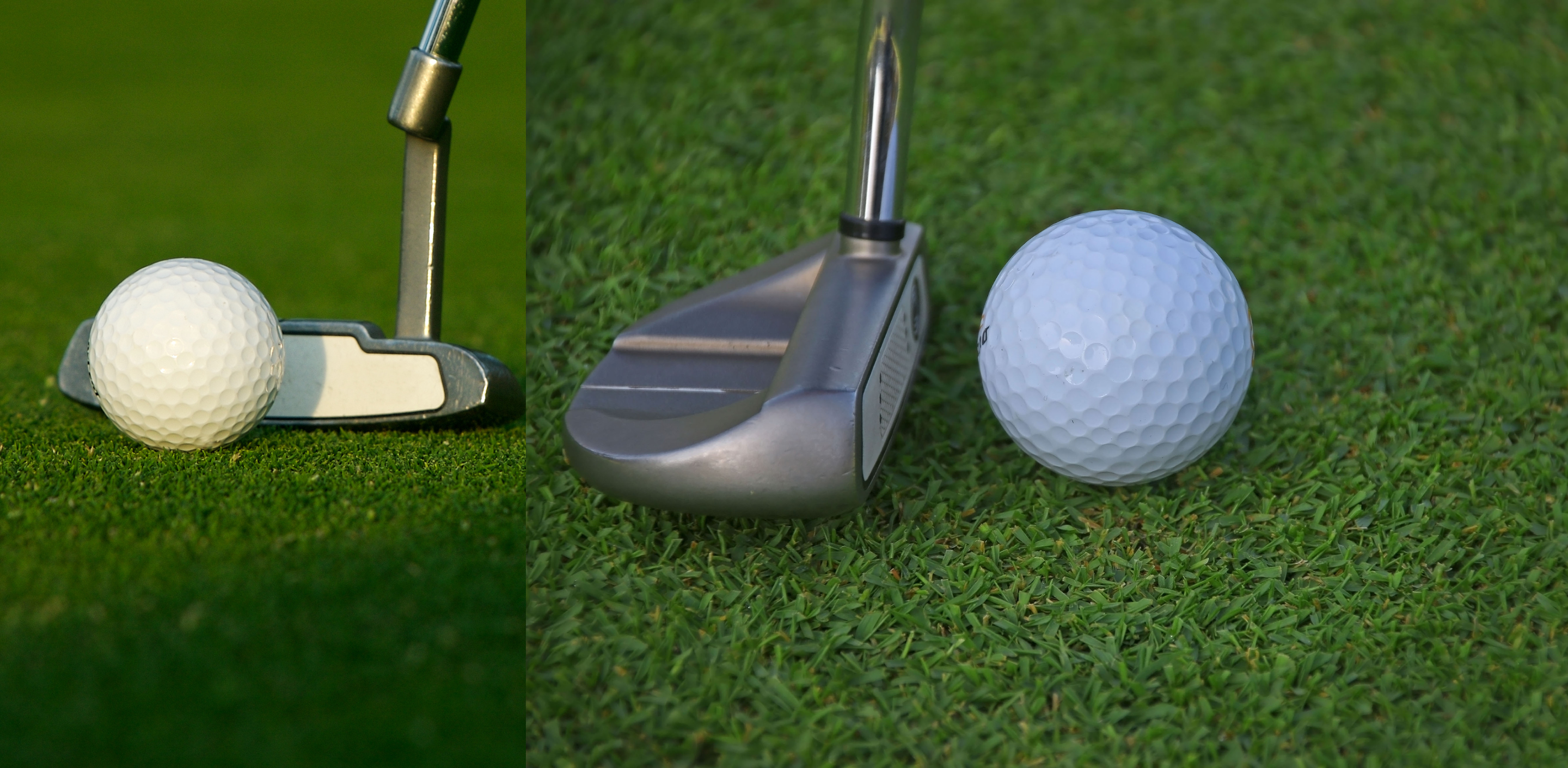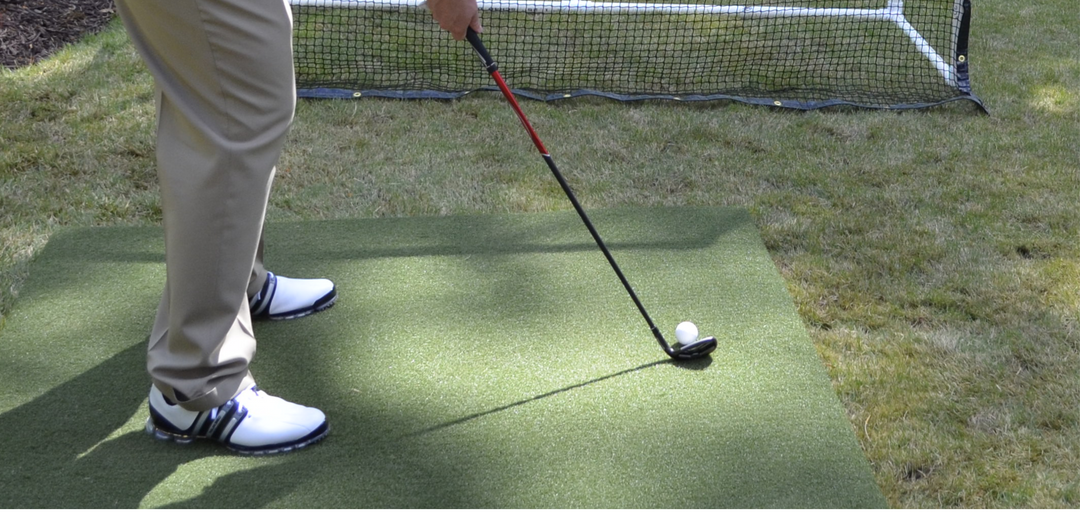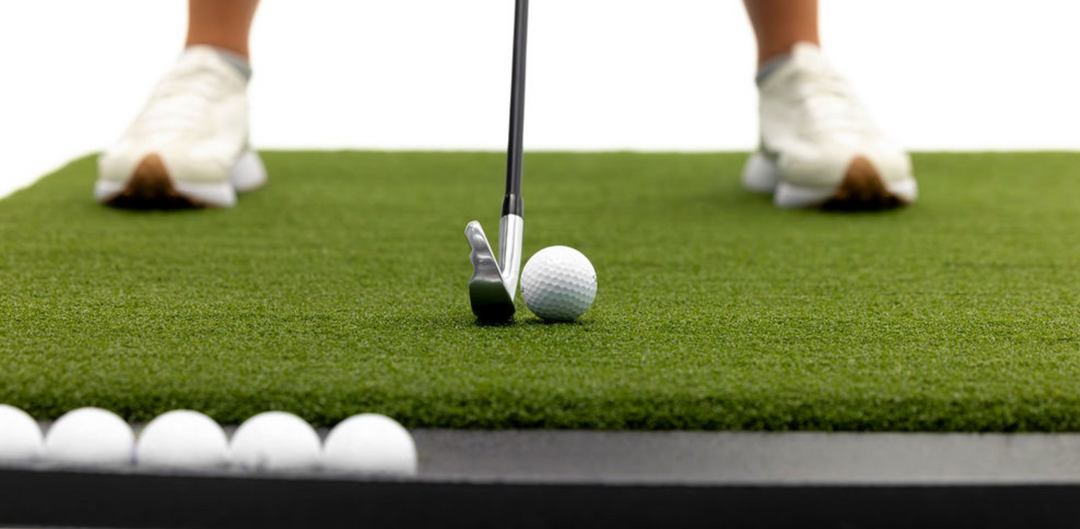The putter is arguably the most important club in your bag, as it’s used for the most crucial shots—the ones that determine whether you make a birdie, par, or even miss a crucial putt. Unlike other clubs that focus on distance or accuracy, a putter is all about precision and feel. Whether you're a beginner or a seasoned golfer, understanding the different types of putters, key features, and how to select the right one for your game can make a huge difference in your performance on the greens.
- What is a Golf Putter?
A putter is a specialized golf club used for rolling the ball along the ground toward the hole. It has a flat face and a shorter shaft compared to other clubs, designed specifically for shots on the green or just off the green. Unlike other clubs in your bag, the primary goal of the putter is to provide accuracy rather than distance.
- Key Features of a Golf Putter
- a) Head Shape
The shape of the putter head plays a huge role in alignment, stability, and forgiveness. The most common head shapes are:
- Blade Putters: These have a traditional, compact shape, with a thin, flat face. Blade putters tend to offer a more classic feel and are preferred by many tour professionals due to their versatility. However, they can be less forgiving on off-center hits.
- Mallet Putters: Mallet putters have a larger, more rounded head, often with more weight distributed toward the back or perimeter of the club. This design helps to create a more forgiving putter, providing better stability on off-center strikes and offering improved alignment aids.
- Peripheral Weighted Putters: A hybrid of the blade and mallet, these putters often have additional weight placed toward the heel and toe, providing more forgiveness and stability than a blade putter without the larger head of a mallet.
- b) Face Insert
- Face inserts are often used in putters to enhance feel and soften the strike. Different inserts can affect the sound and feel of the putt, as well as the speed and spin of the ball. Inserts may be made from materials such as polymer, urethane, aluminum, or steel.
- A putter with a soft insert can help generate more control and a softer feel, while a firmer insert may provide more feedback.
- c) Alignment Aids
- Alignment aids are crucial for helping golfers line up their putts correctly. Some putters feature lines, dots, or high-contrast markings on the top of the clubhead to assist with aiming. Mallet putters, in particular, often have larger alignment aids to help with visualizing the line to the hole.
- d) Length
- Putter lengths typically range from 32 to 36 inches, but the right length depends on your height, posture, and putting style. A standard length is usually around 34 inches, but some golfers opt for a longer putter (such as a 36-inch putter) or even a belly putter or long putter for increased stability. The correct length should allow you to maintain a comfortable stance with your eyes directly over the ball.
- e) Weight
- Putters come in varying weights, and the choice depends on your putting style. Heavier putters are often preferred for more controlled strokes, while lighter putters can be used for quicker, more delicate strokes. Many modern putters allow golfers to adjust the weight to suit their preference.
- f) Grip
- The grip of your putter can also affect your putting stroke. Grips are typically thicker than those on other clubs, and they come in various sizes (standard, midsize, oversized). A larger grip can reduce hand movement during the stroke, offering more control, while a smaller grip may allow for more feel. Additionally, grip texture and material can influence how comfortable it feels during the stroke.
- Types of Golf Putters
- a) Blade Putters
- Design: Blade putters have a simple, straight-edged design, often featuring a slim profile and a thin blade-like face. They have been around since the early days of golf and are still favored by many professionals.
- Advantages: Offers greater feel and precision, ideal for golfers who prefer a more traditional and classic look.
- Best For: Golfers who have a straight-back, straight-through putting stroke and prefer maximum feedback with each putt.
- b) Mallet Putters
- Design: Mallet putters are generally larger and more bulbous, often featuring a more heavily weighted perimeter. They usually have more advanced alignment aids and often feature larger sweet spots for forgiveness.
- Advantages: These putters offer more stability and are more forgiving on off-center hits. The larger head provides greater control over direction and distance.
- Best For: Golfers who need more forgiveness or those with a swing arc who benefit from a larger and more stable clubhead.
- c) Counterbalance Putters
- Design: Counterbalance putters have extra weight added to the top or back end of the shaft to reduce the effects of a shaky grip or inconsistent stroke.
- Advantages: These putters help stabilize the putter head and improve control for golfers with a tendency to have too much hand movement or a jerky stroke.
- Best For: Golfers who struggle with controlling the pace or direction of their putts, or those who want a more consistent stroke.
- d) Long Putters
- Design: Long putters are typically around 42 inches in length and are designed to be anchored against the chest or stomach while putting.
- Advantages: These putters can provide greater stability and are popular with golfers who struggle with yips or a shaky stroke. They are now limited by the USGA’s rules, which prohibit anchoring the putter against the body, but players can still use them as long as they avoid anchoring.
- Best For: Golfers who need extra stability or those who have difficulty with shorter putters.
- Choosing the Right Putter for Your Game
- a) Consider Your Putting Stroke
- Straight-back, straight-through stroke: If you have a putting stroke that moves the clubhead straight back and straight through (often called a pendulum stroke), a blade putter may be ideal for you.
- Arcing stroke: If your stroke has a bit of an arc (where the clubhead moves inside and then back outside along the line), a mallet putter or a putter with a toe-weighted design can help maintain the flow of your stroke.
- b) Try Different Lengths
- The right length of putter can help you establish a comfortable posture and ensure your eyes are directly over the ball at address. A putter that’s too long or too short can result in poor alignment and inconsistent strokes.
- c) Experiment with Grip Styles
- Different grip sizes can influence your stroke. A thicker grip can reduce hand movement, leading to more controlled putts, while a smaller grip can increase feel and responsiveness. Try experimenting with different grips to find what feels most comfortable for your stroke.
- d) Test Different Models
- Many golfers will need to experiment with different putter models and head shapes to find the one that suits their putting style and gives them the most confidence. Visit a local golf store with a putter fitting service or try different putters at a demo day.
- Popular Putter Brands and Models
Several brands offer high-quality putters with unique designs and technologies. Some of the most popular brands and their top models include:
- Scotty Cameron (Titleist): Known for premium craftsmanship and high-performance blades and mallets. Popular models include the Scotty Cameron Special Select and Scotty Cameron Phantom X series.
- Odyssey (Callaway): A favorite among many golfers, especially for their O-Works and White Hot RX series. Odyssey putters feature innovative face inserts to improve feel and consistency.
- Ping: Known for their Anser and Sigma G series, Ping offers putters with excellent feel and alignment aids.
- TaylorMade: Their Spider and TP series putters are popular for their stability and high-performance features, including their use of counterbalancing and alignment technology.
- Bettinardi: Renowned for their high-end craftsmanship and unique designs, Bettinardi putters are favored by golfers who want a premium feel and look.
Conclusion
Your putter is your most used club on the course, so choosing the right one is essential for improving your short game. Whether you prefer a blade or mallet, a traditional design or high-tech insert, the best putter for you should give you confidence and control. Test different models, consider your stroke.


